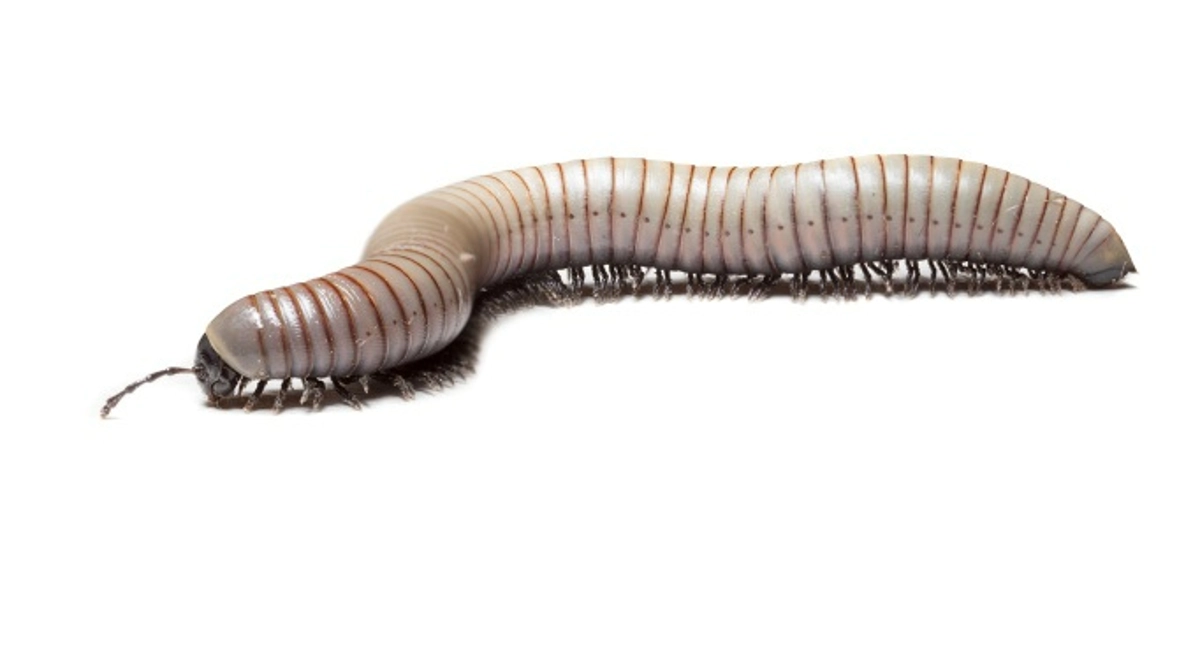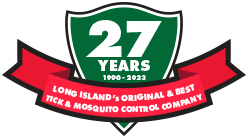
Posted On:
Category: Category:
Tips for keeping fall invaders (insects) out of your home
Every season has its pest problems. During the summer months and into early fall, you’re likely to encounter stinging insects, mosquitoes, and ticks. As temperatures drop, you’ll notice other pests in and around your home such as spiders, boxelder bugs, stink bugs, and centipedes. Known as fall invaders, these pests will move into your home, where they can stay warm and cozy until spring unless you take preventive steps to keep them out.
Keep pests out of your home, year-round. Contact us today for a free estimate.
Why spiders, boxelder bugs, stink bugs, and centipedes move in
Home-invading pests seek access to food, shelter, and water. When the environment outside doesn’t provide what they need, they’ll seek it elsewhere, which may be inside your home. Reducing access to the resources these pests seek is a great way to keep them out.
Below is more information about our featured fall invaders. Knowing about the habits of these pests will help boost your prevention efforts.
Spiders

Attracted to dark, undisturbed locations, such as corners, basements, attics, and eaves, spiders may seek shelter in several areas of your home. Although they are beneficial for reducing other pest populations, their presence evokes fear in some people. Not to mention, their webs look unsightly. The majority of spiders are harmless, but there are a few species that are considered potentially dangerous – the black widow and brown recluse. However, they are not very common on the East Coast. To eliminate spider populations in your home, consider implementing a year-round pest control plan.
Boxelder bugs

Primarily a nuisance, boxelder bugs seek shelter inside homes to survive cold temperatures. These pests can become especially bothersome in large numbers; however, they will not reproduce inside, cause damage to your home, or bite. In the spring, boxelder bugs will return to their natural habitat for food and to reproduce. If you have a boxelder tree on your property, you’re likely to encounter these pests more often. The best way to reduce populations is to suck them up with a vacuum.
Stink bugs

Similar to boxelder bugs, stink bugs seek shelter inside to survive cold winters. These pests are harmless in structures, but have been known to cause damage to agricultural crops. They emit a bad odor when they feel threatened, as their name denotes. In the spring, they will return to their natural habitat outside. If stink bugs move into your home in the fall, reduce populations by using a vacuum.
House centipedes

Known to dart across floors, only to vanish under a baseboard or appliance, house centipedes seek out warm, damp, dark locations to hide. At night, they come out to forage for prey such as spiders, cockroaches, and other arthropods. Centipedes will reproduce inside your home and have the ability to bite, although this is very rare. Reducing humidity in your home will help prevent centipedes from taking up residence. Consider using a dehumidifier in areas where moisture builds up. Implementing a pest control plan that offers year-round protection can take care of fall invaders and other seasonal pests.
3 ways to prevent fall invaders
- Exclusion – The best way to prevent any type of pest from invading your home is by making sure it’s sealed. This may require using caulk, mesh, door sweeps, screening, vent covers, wood fillers, or concrete. It could also involve replacing or fixing siding, shingles, paneling, or any other exterior cracks, holes, or gaps where pests can enter. Exclusion for boxelder and stink bugs should be implemented in June or July to ensure insects are not being sealed into the home.
- Landscaping – Wood mulch provides shelter for all types of pests, allowing them to breed, feed, and thrive with little threat of being discovered. Other areas of concern involve shrubs, trees, and plants that are near your home. These can provide harborage areas for pests and easy access to your roof. Replacing mulch with stone or rubber mulch and keeping landscaping trimmed back from your home will help reduce large populations of pests from living close to your home.
- Water and moisture – There are several pests that are drawn to moisture and water, especially in the cooler months when the air is drier and water sources begin to freeze. Contributing factors outside your home may include dripping spigots, flower pots, bird baths, dips in landscaping, clogged gutters, and any other objects that hold water. Factors inside your home that may produce excess water or moisture could include a leaky faucet, condensation around windows or toilets, and floor or shower drains. Taking the necessary steps to eliminate water and moisture issues will help to eliminate access to these water sources.








